Film Simulations
FujiFilm's innovation
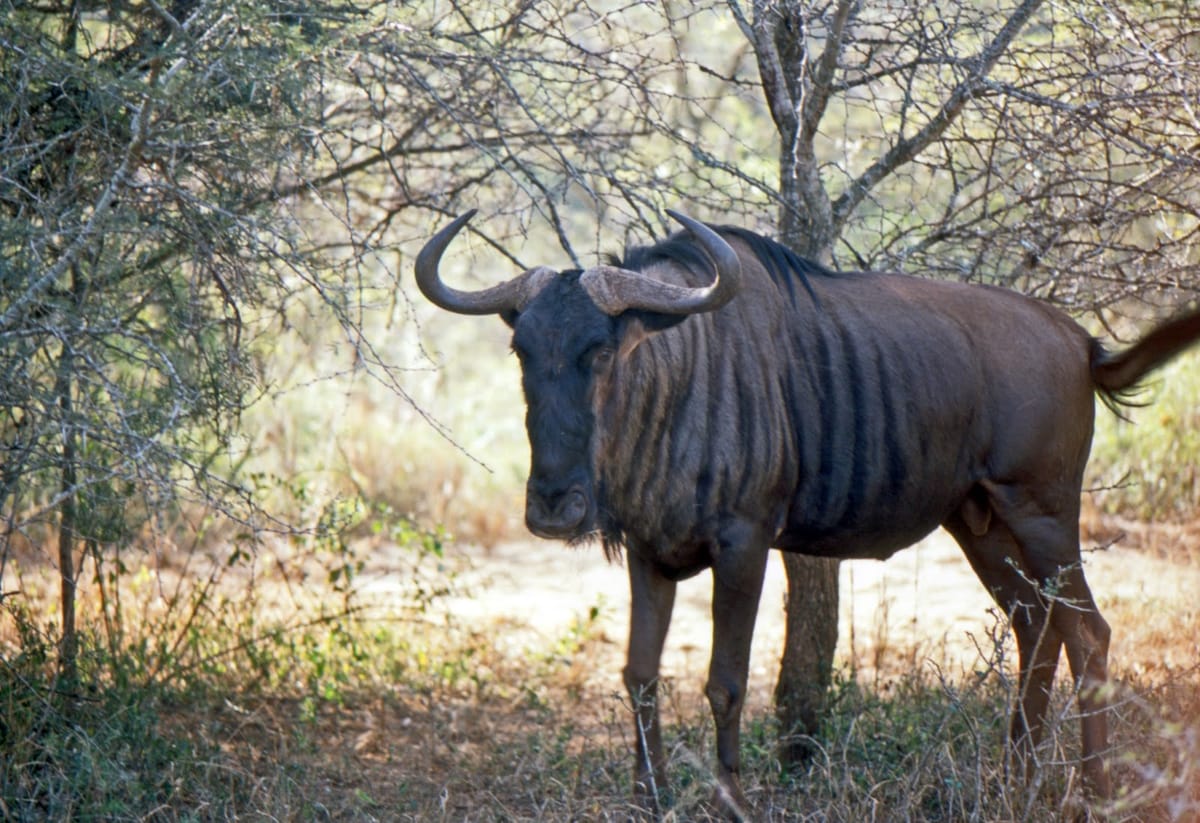
I got started in photography by taking up film photography in about 2008. I had dabbled, like many, on the leading edge of digital but nothing with aspirations beyond capturing moments.
By 2008 digital had become good enough that many professionals were getting rid of their film gear to buy digital. So I picked up my grandfather’s old Nikon F and his two prime lenses and proceeded to dive into film. I bought some expired Fuji Superia slide film and went on a trip to Africa.
The meter in the camera didn’t work so I used a handheld selenium meter. I did not understand at the time that selenium meters have a limited shelf life. The prime 200mm lens I learned later had gummed up aperture blades so all my aperture settings were to no avail.
Given the above problems it was a wonder I brought back any photos at all. I shot four or five rolls of film and apparently managed enough good exposures that I was not discouraged.
Below are some images taken on the expired Fuji Superia with my grandfather’s Nikon F.
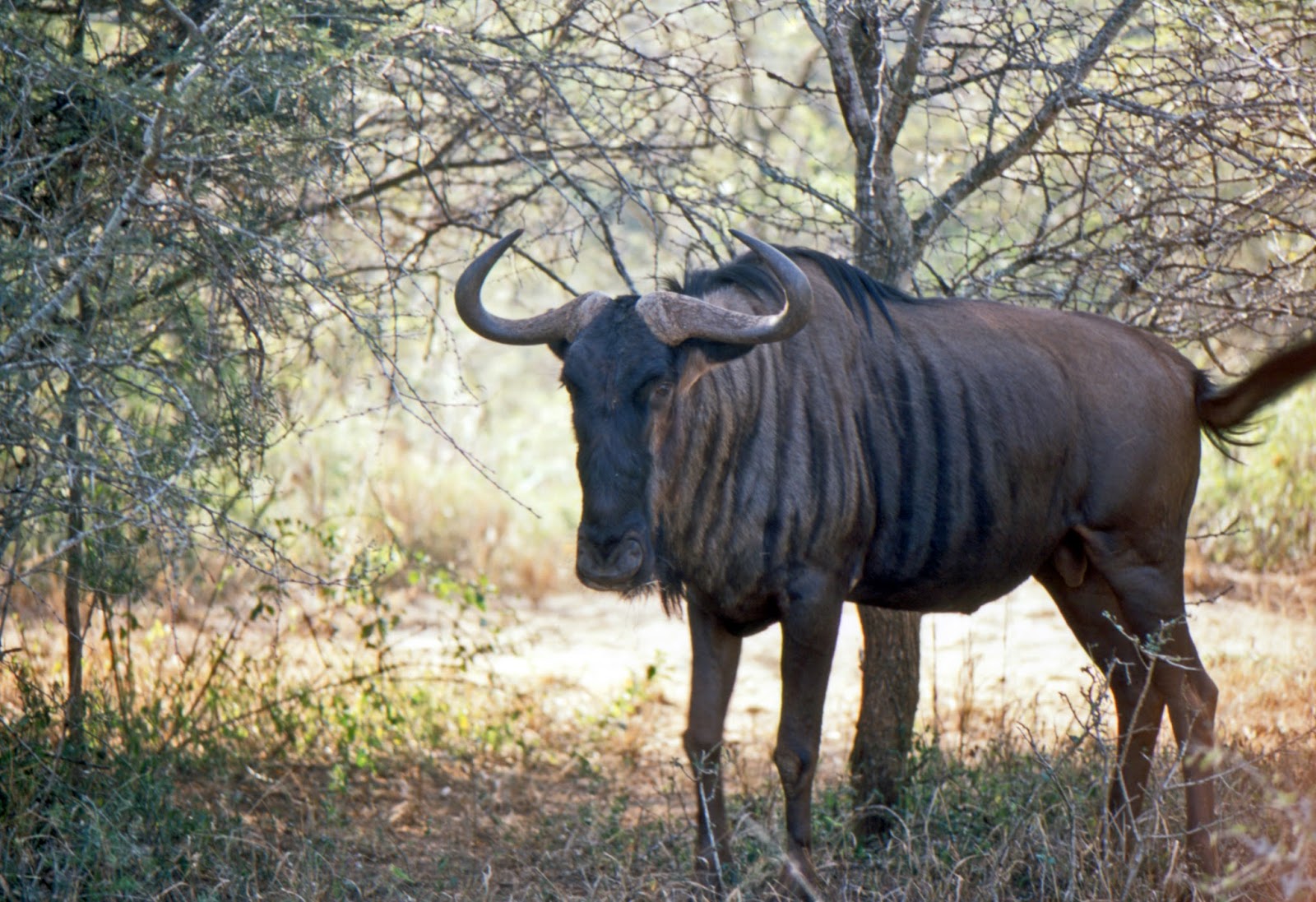
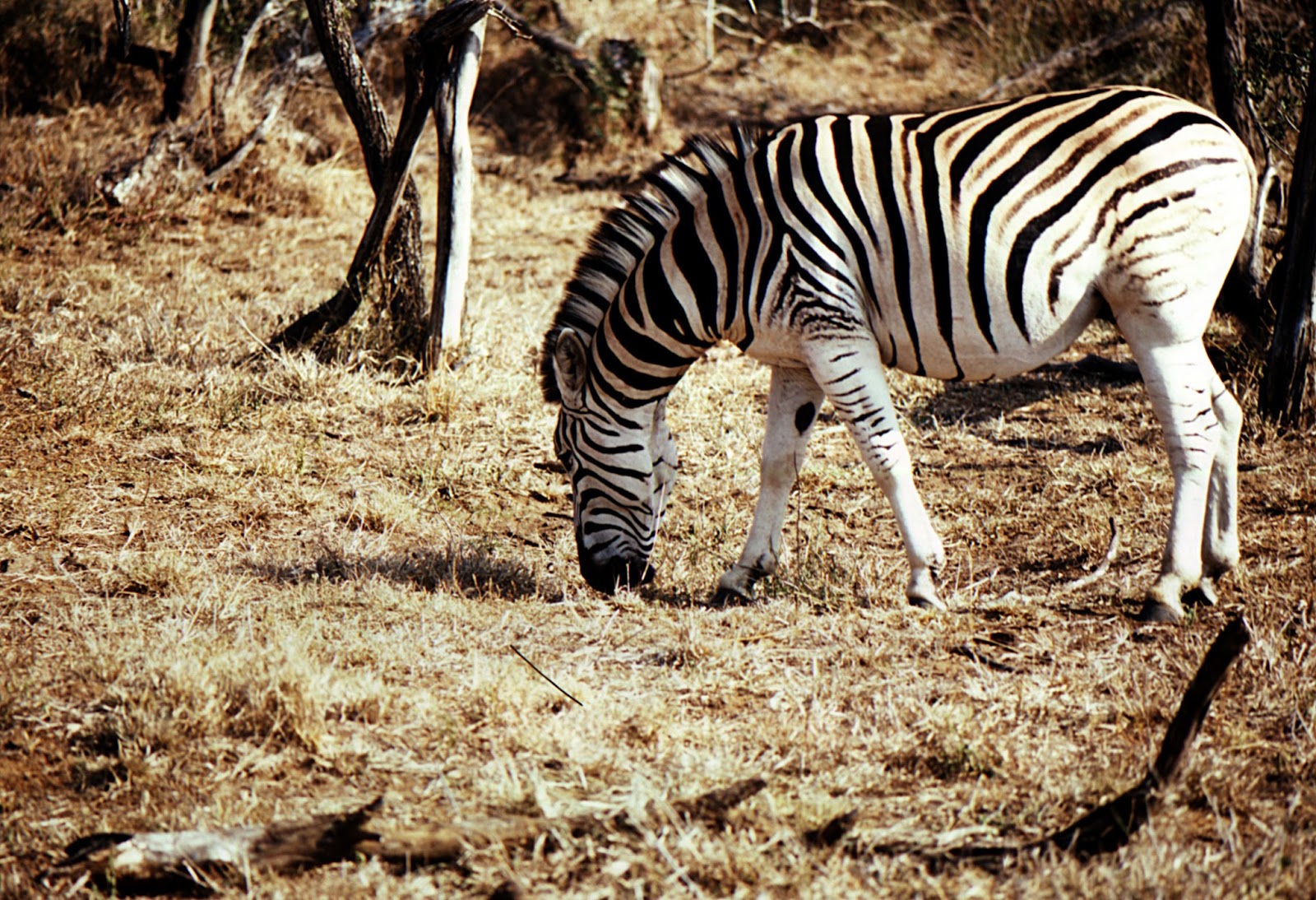

A few years ago I moved to digital with a used Fuji GFX 50s ii. I justified the expense on the basis of being able to adapt my old medium format and 35mm lenses to the body. I shot with a kind of film ethos for a few years. One white balance selection, manual focus. I even had some images converted to film so I could print them in my darkroom (link below).
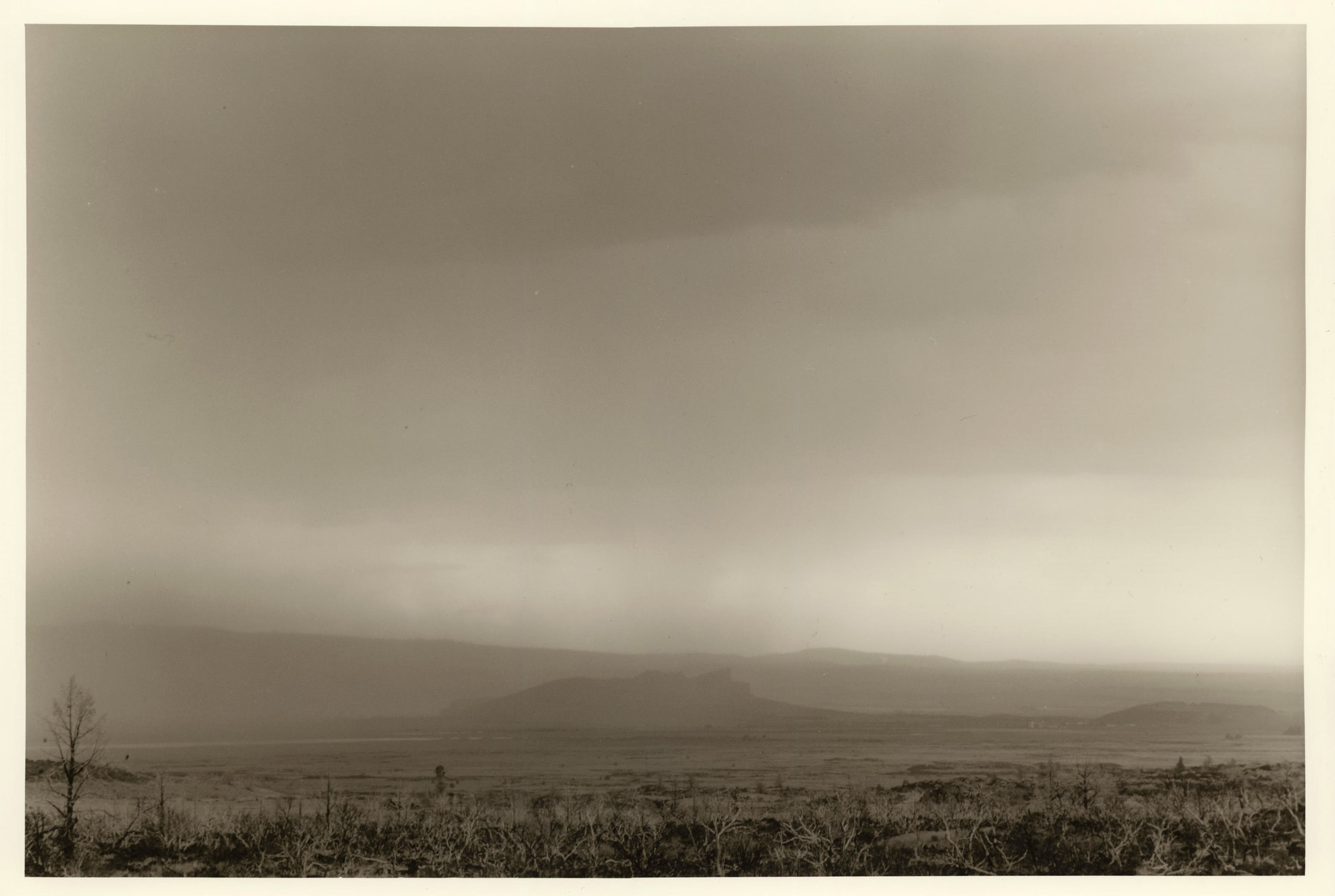
Now I seem to be full fledged digital. As such I am paying more attention to the ‘film simulations’ that Fuji offers. Though Fuji creates some amazing cameras, one of their innovations is to offer film simulations built into the camera. More sophisticated than filters, they are meant to mimic different film types.
Every digital camera has a certain take on color reproduction. Each manufacturer takes the raw image from the sensor and then processes it to try and get the most accurate color rendition. The result is that despite the science each manufacturer and even model will have its own ‘look’. Most of us won’t notice this unless we switch cameras or manufacturers.
Fuji has taken this further by offering their film simulations. Initially I have dismissed them but I am coming around to them. For me they are useful for photos that I may not want to put a lot of work into post processing-wise.
I started out using High-Neg as it is the ‘flattest’ and least manipulated film type. More recently I have tried Classic Chrome which I suppose is meant to mimic Kodachrome or other slide films. To my eye it is slightly more contrasty and warmer. It may also be thought of as nostalgic.
I have noticed however that Classic Chrome works better (for me) in drier/arid climates. I noticed his in my Portugal series and the ones I recently shot in Anza-Borrego.
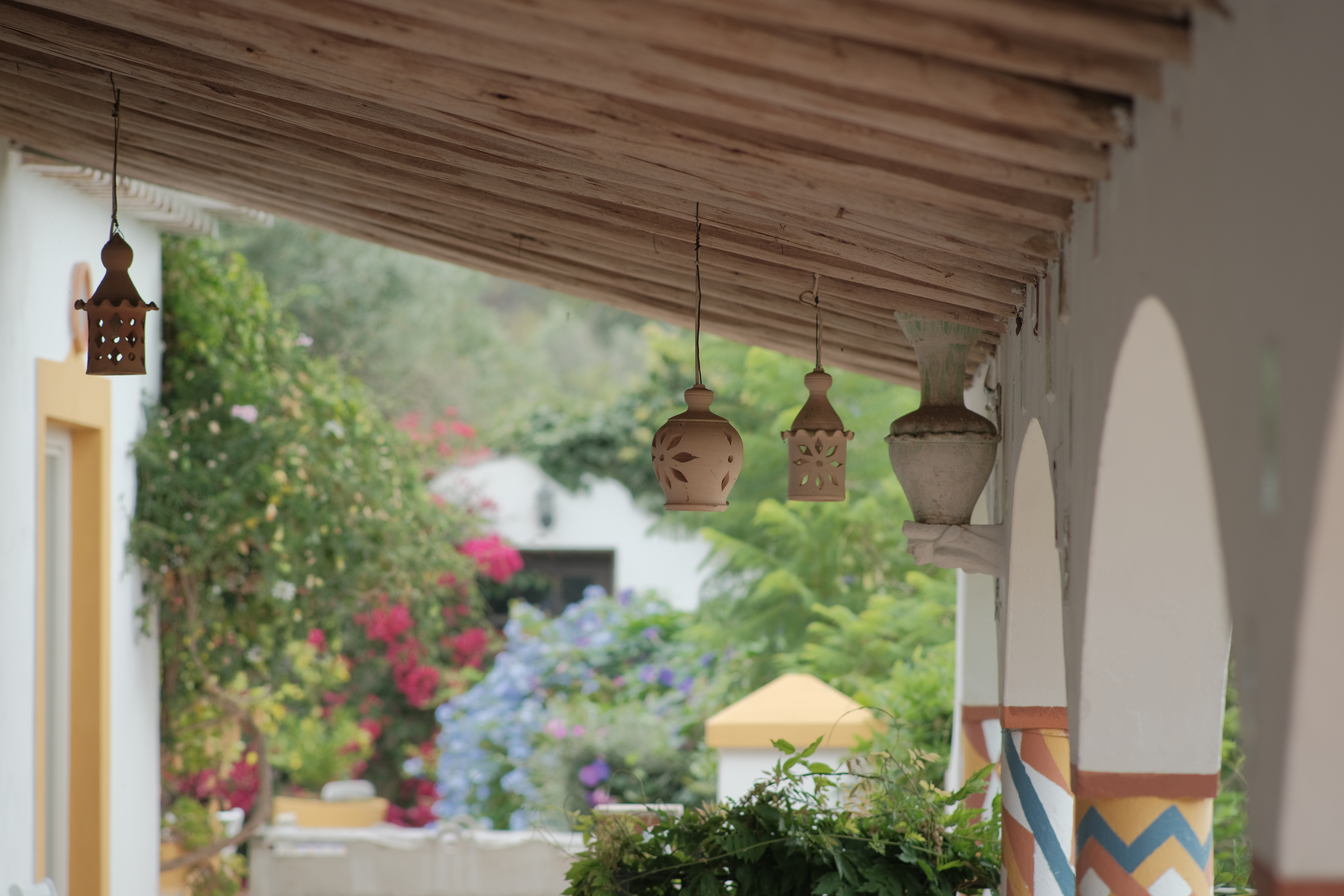

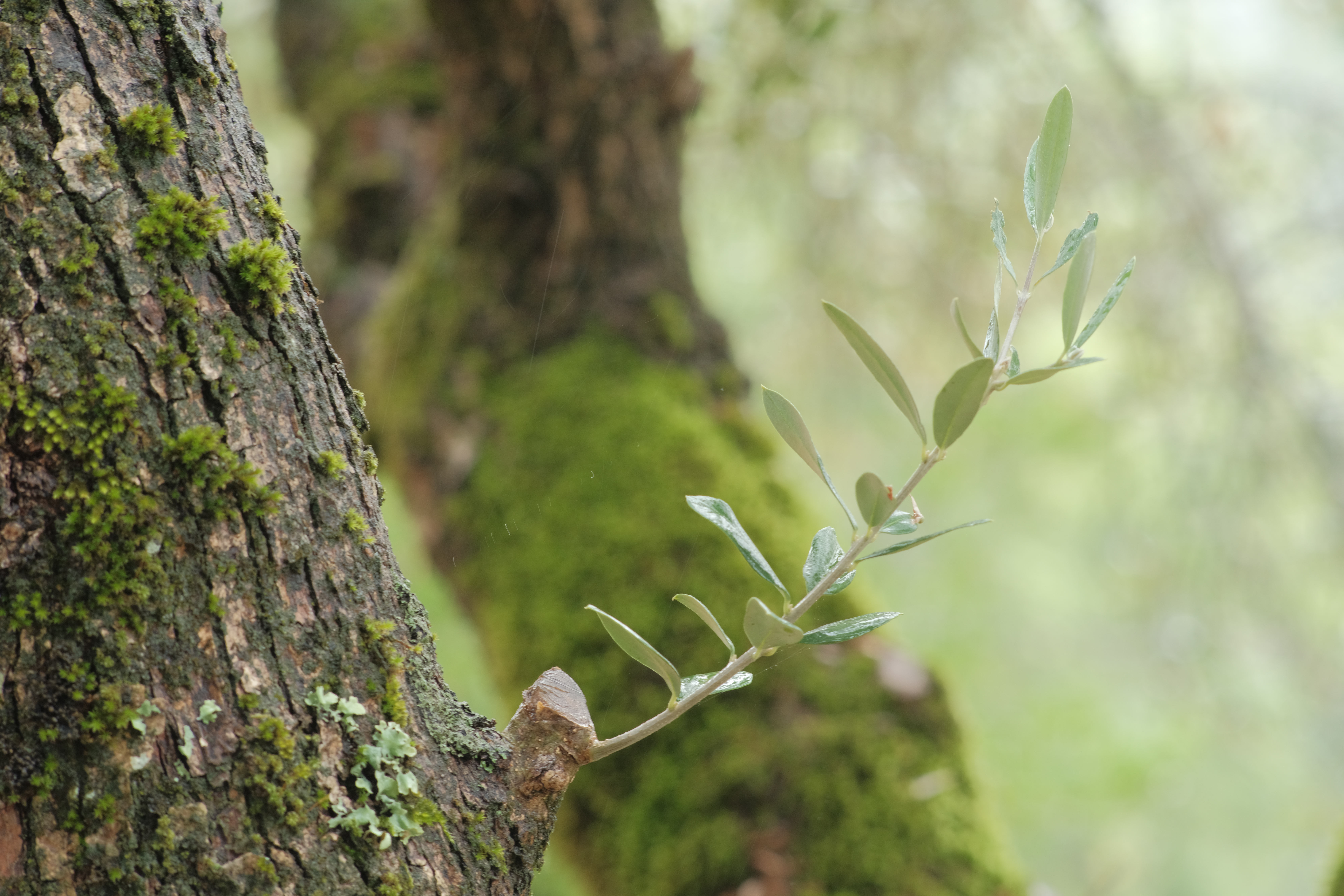
And here is Anza Borrego
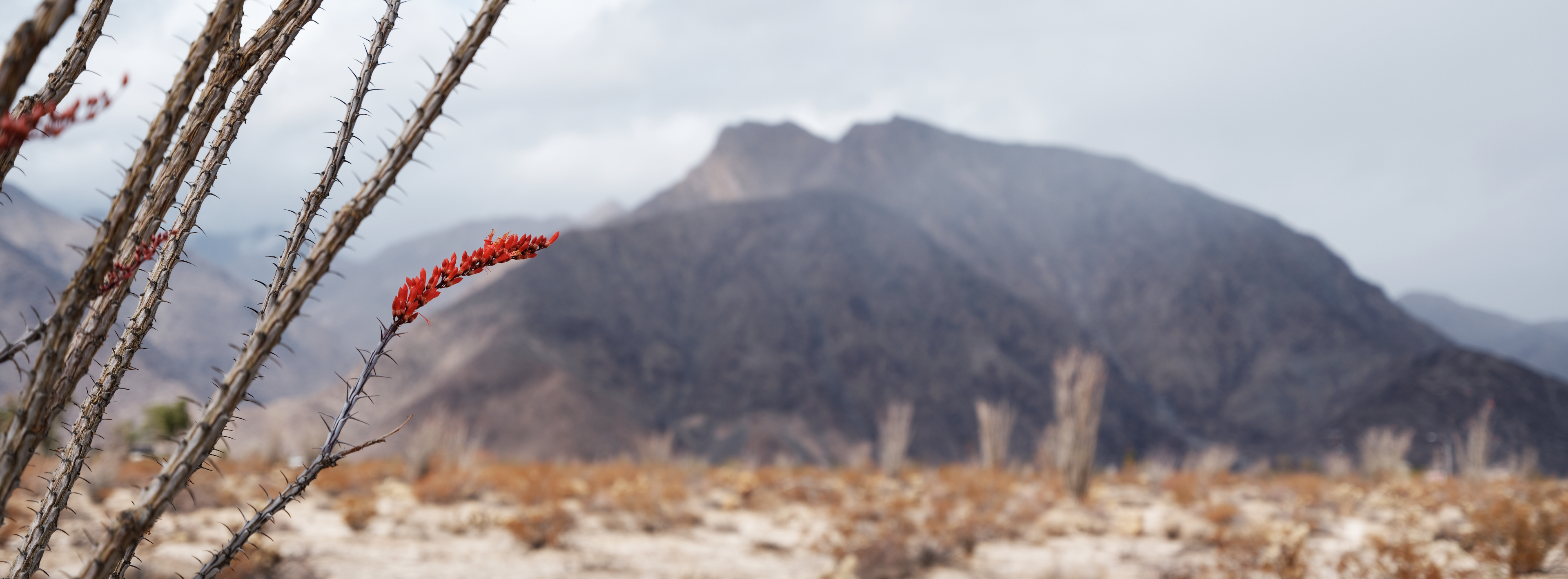
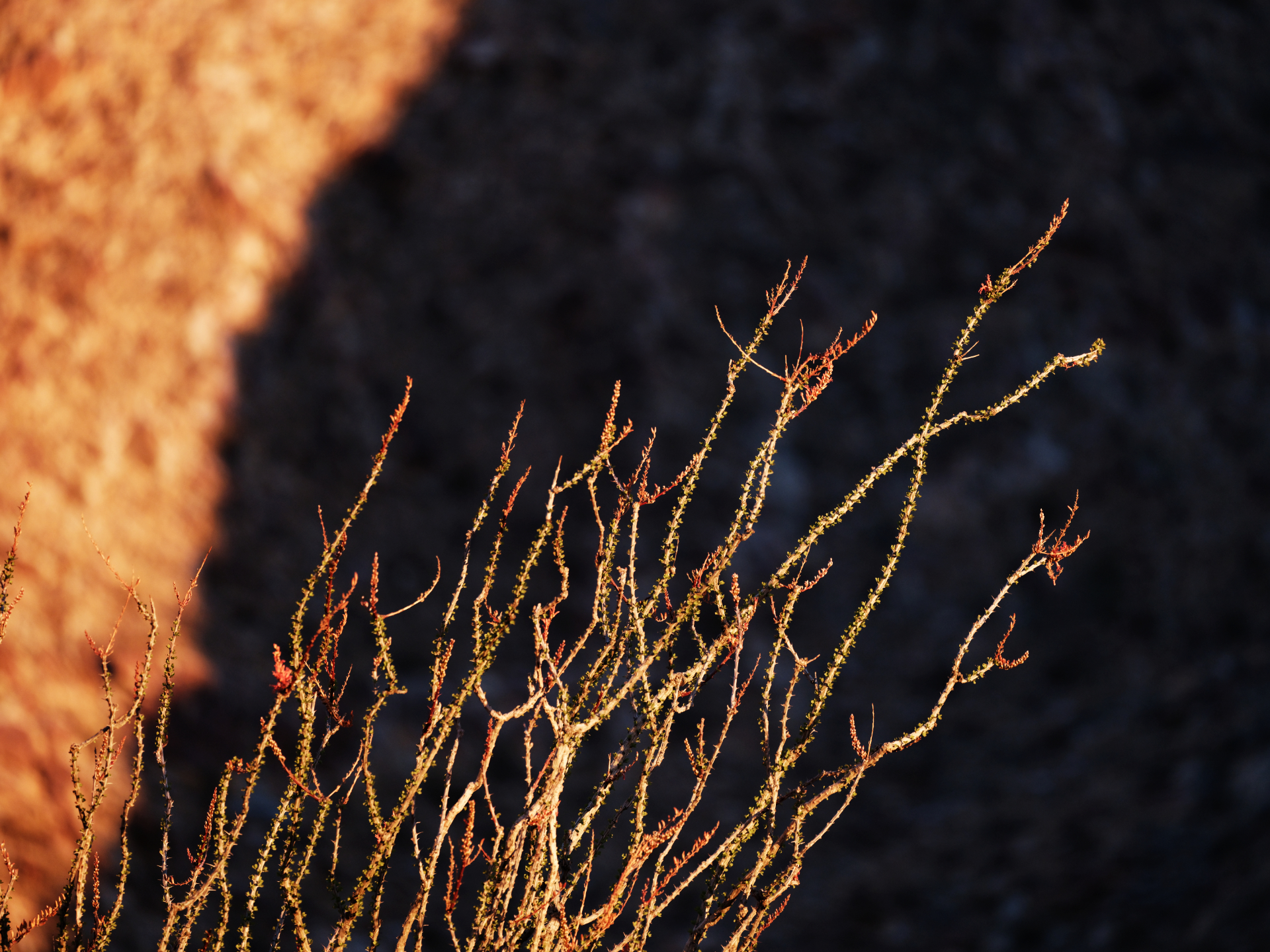
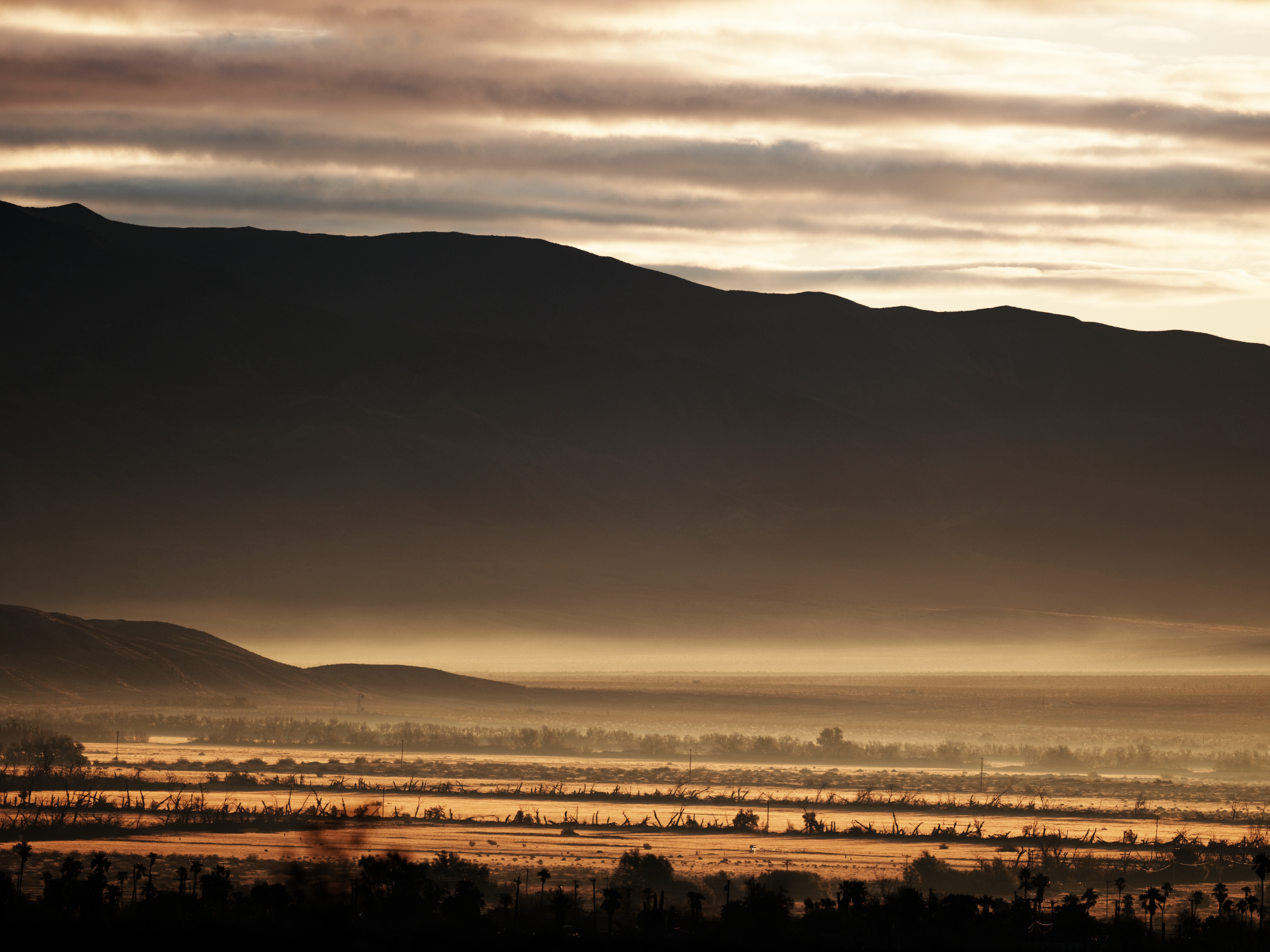
I get a good look and have to do minimal processing. Sometimes out of the camera is fine or just a little tweak of contrast and brightness.
In other cases I find Classic Chrome not so useful. Wintery scenes seem to fair poorly with Classic Chrome perhaps because of the presence of more blue light.
I always shoot with the JPEG + RAW option. That means I get the quick and dirty JPEG for easy posting but also the RAW is there for when an image wants more processing.
Fuji also allows for in-camera processing of a RAW image into a copy with a different film simulation or as output in 16-bit TIFF format. That means more dynamic range without going the full RAW route.
Finally one can make their own film simulations. Indeed there is a whole online community that is dedicated to sharing different ‘recipes’ as they are called. I have a black and white one that gives a slightly warm tone to the image which is well shy of sepia but can tone down the harshness of a strictly neutral toned image.
In any case I am paying more attention to this feature and seeing how it could enhance my work.



